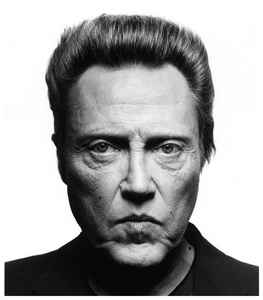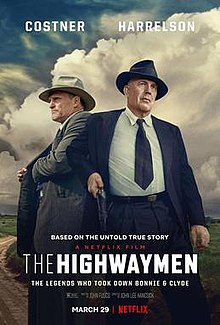Avengers: Endgame
Director: Anthony Russo and Joe Russo
Starring: Robert Downey Jr., Chris Evans, Chris Hemsworth, Scarlett Johansson, Jeremy Renner, Mark Ruffalo, Brie Larson, Don Cheadle, Karen Gillan, Bradley Cooper, Tessa Thompson, Paul Rudd, and Josh Brolin
How do you say goodbye? It’s not a question we often think about in our everyday lives, but in cinema it’s a theme that is often explored, sometimes with intense emotion and depth of character. Remember Andy saying goodbye to his toys in “Toy Story 3”, the cowboy riding into the sunset in “Shane”, or the Paris scene in “Casablanca”; saying goodbye is hard, emotional, and sometimes complicated.
Almost one year ago, comic book movie fans were left stunned as 10 years of the Marvel Cinematic Universe converged and ended with a question mark for the fates of their favorite superheroes in “Avengers: Infinity War”. It was a cinematic event, one of those pop culture happenings that people will recount in the future when asked when and where they watched the movie.
Now, the culmination of a film world, which took 11 years and spawned 22 films, prepares for a goodbye of sorts with “Avengers: Endgame”, an epic cinematic event that wraps up one long story with charming humor, an emotional heart, and cheer-worthy heroics.
The Avengers have been wounded. With one snap of his titanic fingers, Thanos (Josh Brolin) destroyed half of all humanity. Very soon after this catastrophic event, Captain America (Chris Evans), War Machine (Don Cheadle), Black Widow (Scarlett Johansson), and Bruce Banner (Mark Ruffalo) are left scrambling for answers and on a quest to find Thanos to exact some revenge. Tony Stark (Robert Downey Jr.) and Nebula (Karen Gillan) are stranded in the depths of space, left starving and running out of air. The how and why of everything else after this introduction will be left spoiler-free.
The term “fan service” is often thrown around in conversations concerning influential films in pop culture. For those who may be worried about Marvel not committing towards giving fans everything they want with “Avengers: Endgame”, you have absolutely nothing to worry about. “Endgame” delivers 11 years’ worth of fan service throughout the course of the massive 3-hour long runtime, paying homage to the characters and films that have led towards this monumental culmination of heroics.
The first hour of the film is near perfect. Examining the relationships between our heroes but also the limited grasp they have with the normal world around them, that world where they can establish a sense of normalcy, and the joys associated, beyond the powers that have come to define them. It’s opportunity for these actors to shine, to display the complex emotions their characters have with themes of duty, servitude, and selflessness.
Robert Downey Jr., who has emotionally morphed throughout the journey as Ironman, and Chris Evans, who brings more insight than expected into a character who remains the steadfast compass of honorability for the Avengers, each shine bright in this early portion of the film. These two characters carry the heart of the story, and have throughout the course of these films. “Ironman”, with Downey’s foundation-setting performance, is still one of the best films of the entire franchise. One of the highlights of “Endgame” is watching Downey portray Tony Stark.
The second hour of the film is where much of the fan service takes over, unfortunately in some negative ways. “Endgame” develops a dense maze of plot devices, some that don’t always make the most sense, spanning over the course of the 11-year history of these stories. It’s overly convoluted, often silly in both humorous and puzzling ways, but its focus is clearly set on the fans that have taken into this journey for so many years. If so much passion and heart weren’t dedicated throughout the entire film, with character development specifically, this centerpiece narrative would unravel the first act completely; it’s a compliment to the skill from directors Anthony and Joe Russo that they have weaved this immense story so well.
Chris Hemsworth, who’s Thor has changed from a humdrum Shakespearean prototype into a witty and arrogant college jock of sorts, and Mark Ruffalo, who has always supplied a charm to the portrayal of the big green Hulk, are provided some scene stealing moments during this middle piece. These two characters compose most of the humor for “Endgame”. Still, these Marvel films have established the value of having humor within the narrative, it helps when watching a grown man turn into a massive angry monster or listening to a someone call themselves the “god of thunder”.
The finale returns to form, mostly accomplishing the challenging feat of tying everything back together, offering some of the brightest moments for our heroes to do what they do best, and giving fans exactly what they have waited for…a fitting goodbye to 11-years of humor, heart, and heroics that have come to define the Avengers and the Marvel Cinematic Universe.
Where do we go from here? I’m sure Marvel already has the next 11-years planned.
Monte’s Rating
3.75 out of 5.00
































